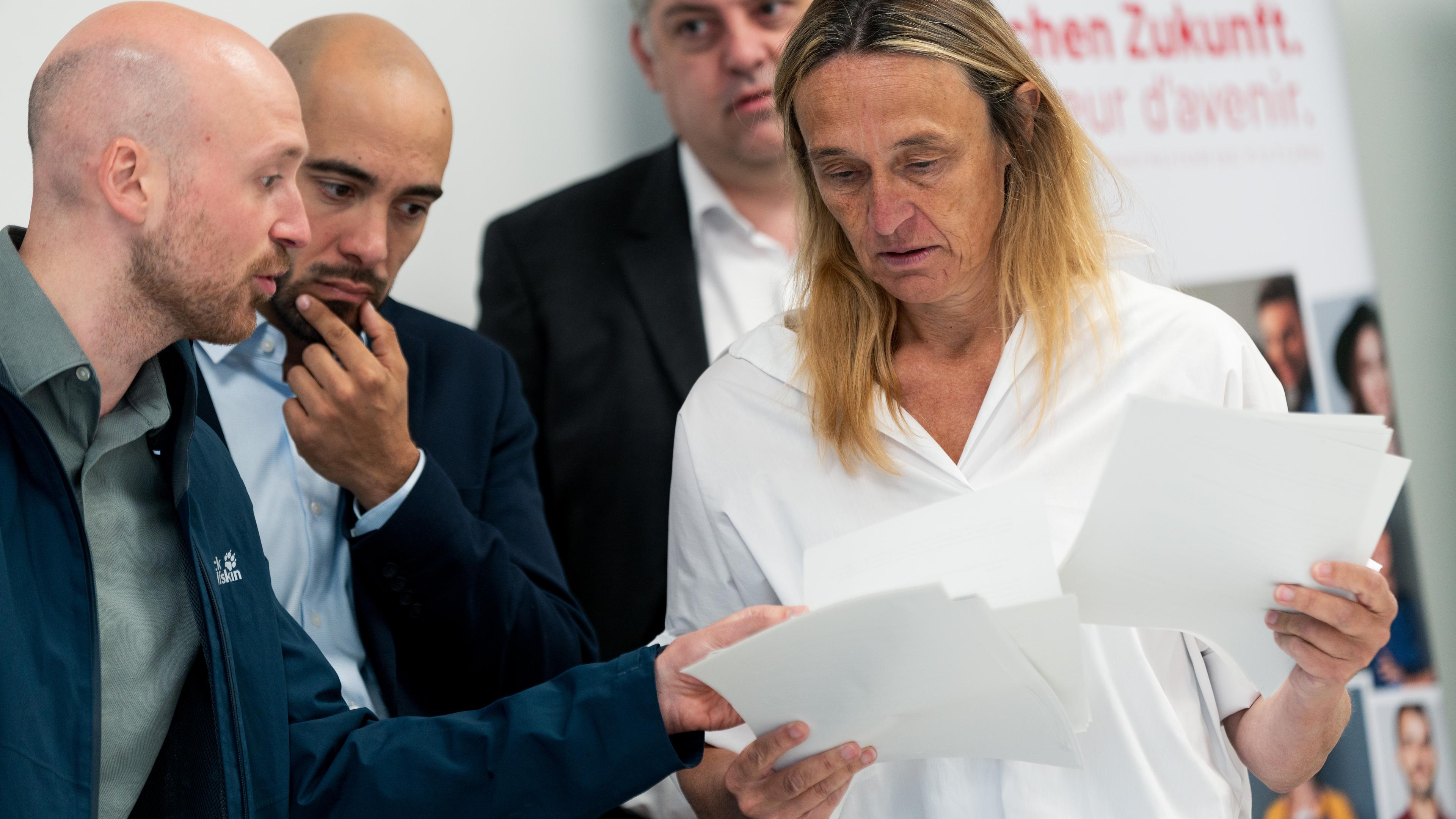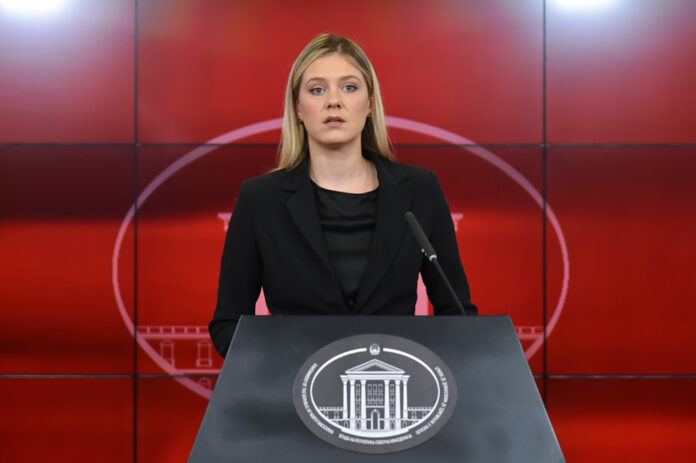European rivers polluted by an « alarming concentration » of microplastics – Liberation

We know the extent of the disaster for the oceans. Microplastics, These particles no greater than a grain of ricehave invaded the seas over the decades, with disastrous consequences on biodiversity and human health. But what about rivers, which crisscross our territories, sometimes cross cities before throwing themselves in the sea ?
The Tara Ocean Foundationafter taking an interest in the Arctic and the Mediterranean, has traveled nine rivers from Europe, from the Garonne to the Elbe via the Loire, the Seine, the Rhine, the Thames, the Ebre, the Rhône and the Tiber. Objective: to collect data to determine the degree of pollution of these major rivers and understand the flows of plastic waste to the ocean. A first on a European scale.
Conclusion, all these rivers are polluted by microplastics, even presenting a concentration « Alarming » For smaller particles. « There is not a single sample where we have not found it, affirm Jean-François Ghiglionescientific director of the mission and research director at the CNRS microbial oceanography laboratory in Banyuls-sur-Mer (Pyrénées-Orientales). We compared the rivers because we had the hope of classifying them by pollution rate. But overall, we could not scientifically show that a river is more polluted than another. ”
From this six -year mission between land and sea started in 2019, the researchers fired 14 articles, published this Monday, April 7 in the journal Environmental Science and Pollution Research. Scientists, who collected some 2,700 samples, took their samples off the nine estuaries, their mouths, over the river, as well as downstream and upstream of the first big city located on the river. The samples were taken using a net left behind the boat to collect hundreds of cubic meters of water, and thus measure the concentration of microplastics.
The fragments found have different sizes: the macroplastics are greater than 2.5 cm while the mesoplastics are a little smaller. Then there are the large ones (0.5 mm to 5 mm) and the small microplastics. The latter, invisible to the naked eye, measure 0.025 mm to 0.5 mm. A difficulty that did not stop Alexandra Ter Halle, research director at the CNRS, specialized in analytical chemistry within the Softmat laboratory of the University of Toulouse III-Paul Sabatier, who participated in the mission. « To be able to observe the smallest particles and see the invisible, we have developed a new way of doing things by weighing this pollution instead of counting it, which constitutes a technological rupture », she explains. On average, the researchers found three large microplastics per cubic meter of water. “The Seine has an average flow over the year of 300 m³ per second. This means that 900 particles of large microplastics pass every second before our eyes ”, illustrious Jean-François Ghiglione. Globally, between eight and twelve million tonnes of plastic flow from ocean rivers per year.
Concretely, large microplastics float while small microplastics swarm throughout the column of water, from the surface to the depths. They are up to a thousand times more numerous in number and in mass than large microplastics. « It is a real paradigm shift, says Jean-François Ghiglione. Scientists have been very interested in large microplastics because they are easy to study but they are only the visible side of the iceberg ”, he continues. “We found small microplastics up to a hundred micrograms per liter. The other pollutants never reach these values ”, Alexandra Ter Halle abounds. Even more likely to be ingested at all levels of the food chainfrom microzooplankton to fish, these tiny particles pose little known health risks of science.
Another major issue: microplastics are rafts for microorganisms, some of which are pathogens. During their mission, scientists were able to demonstrate for the first time the presence of a virulent bacteria for humans () on microplastics of the Loire, which can cause otitis, soft tissue infections, peritonitis and bacteria, that is to say a blood infection by bacteria. Worse, plastic has a « polluting sponge » effect. Carried to the ocean, the particles accumulate on their surface pollutants present in rivers (pesticides, hydrocarbons, heavy metals …) Plastic bits thus aggregate a cocktail of chemicals which can prove toxic to the organisms which ingest them, slowing their growth and affecting their reproduction, by disturbing their metabolism and their hormonal system. Not to mention the impact of chemicals added to plastics during their design: out of 16,000 chemical additives identified, 25 % are known to have toxic effects.
In addition to this mission, the Tara Ocean Foundation organized A participatory science initiative with schoolchildren. Since 2020, around 12,000 students per year have been trained to collect plastic waste according to a specific protocol. This operation has revealed major pollution: a quarter of the large microplastics collected on French banks are not waste but « siren tears »these primary plastic pellets used to make objects. « There are leaks during the transport of these pellets, even before they become objects », specifies Alexandra Ter Halle.
According to the foundation, these results show the vain nature of the ocean cleaning projects, which do not deal with the problem at its source: production. From two million tonnes of plastic made worldwide in 1950, we increased to 460 million tonnes in 2019, according to the Organization for Economic Cooperation and Development. If nothing is done to stem this scourge, production should triple by 2060. For experts, solutions are on the ground: it is urgently necessary to improve the collection and recycling of waste, drastically reduce disposable plastics and develop ecoconça packaging. However, the researchers mainly place their hopes in the international treaty against plastic pollution, in negotiations since 2022. The fifth session of discussions was held in South Korea at the end of 2024 but resulted in failurefor lack of understanding between producing countries such as Saudi Arabia and Russia and the hundred nations favorable to a reduction in plastic manufacturing. The talks will resume in the summer of 2025 in Geneva to try to slow down the explosion of this pollution.







